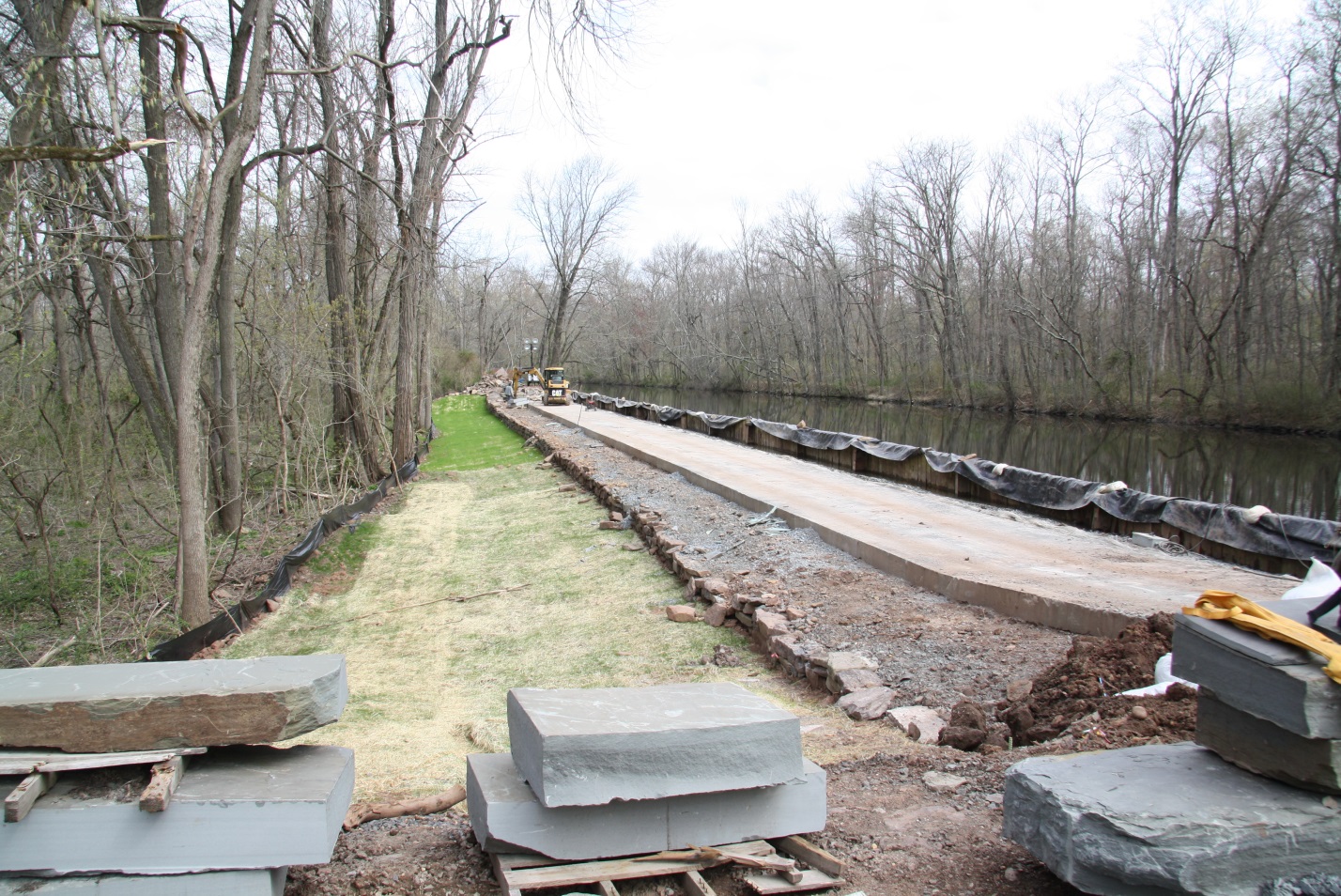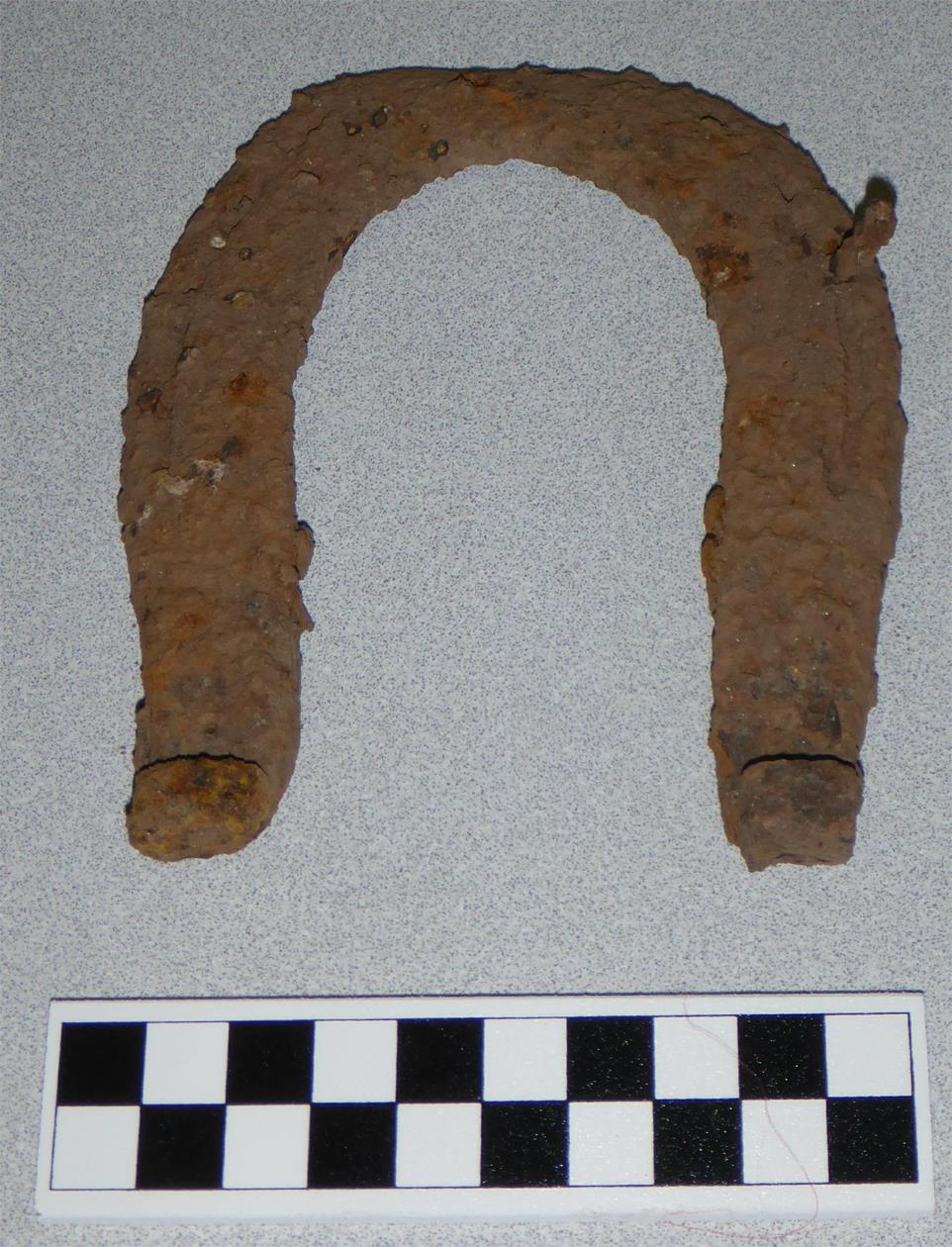REHABILITATION OF THE COLONIAL PARK SPILLWAY
LOCATION: FRANKLIN TOWNSHIP, NJ
CLIENT: NEW JERSEY WATER SUPPLY AUTHORITY
MARKET SECTOR: PUBLIC




THE OPPORTUNITY
Constructed in the 1830s to transport freight from eastern Pennsylvania to the environs of New York City, the Delaware and Raritan Canal is listed on the New Jersey and National Registers of Historic Places. Under the New Jersey Register Act, any repairs to the more than 180-year-old waterway or its various spillways, locks, or other components must be done in accordance with strict guidelines set by the U.S. Secretary of the Interior. Prior to much-needed repairs on the Colonial Park Spillway, PS&S’s cultural resource specialists were chosen to oversee the rehabilitation project.
THE CHALLENGE
The spillway had suffered severe erosion and loss of physical integrity, to the extent that a significant number of the original stones were missing. Compliance with the federal guidelines required obtaining historically appropriate replacement stone and utilizing construction techniques that would restore the spillway to its original appearance. However, due to the need to create a more permanent structure that would support the spillway’s use as a bicycle, pedestrian and equestrian path in a well-frequented park, it would not be feasible to replicate the dry-laid construction methods originally used to armor the spillway.
THE PS&S SOLUTION
PS&S worked with the project engineers and sponsor to help design a historically sensitive rehabilitation that combined modern technology with older methods and materials. The chosen method was to construct a concrete core and cover it with original stones and matching replacements. PS&S archaeologists reviewed the construction designs as they were produced, inspected proposed replacement stone, monitored the reconstruction in progress, and secured the prompt approval of New Jersey’s Historic Preservation Office. The resulting reconstruction maintains the spillway’s historic visual character while restoring its functionality as a flood control feature, a recreational feature, and an important element of the Delaware and Raritan Canal.
RELATED PROJECTS
DISCIPLINES INVOLVED
